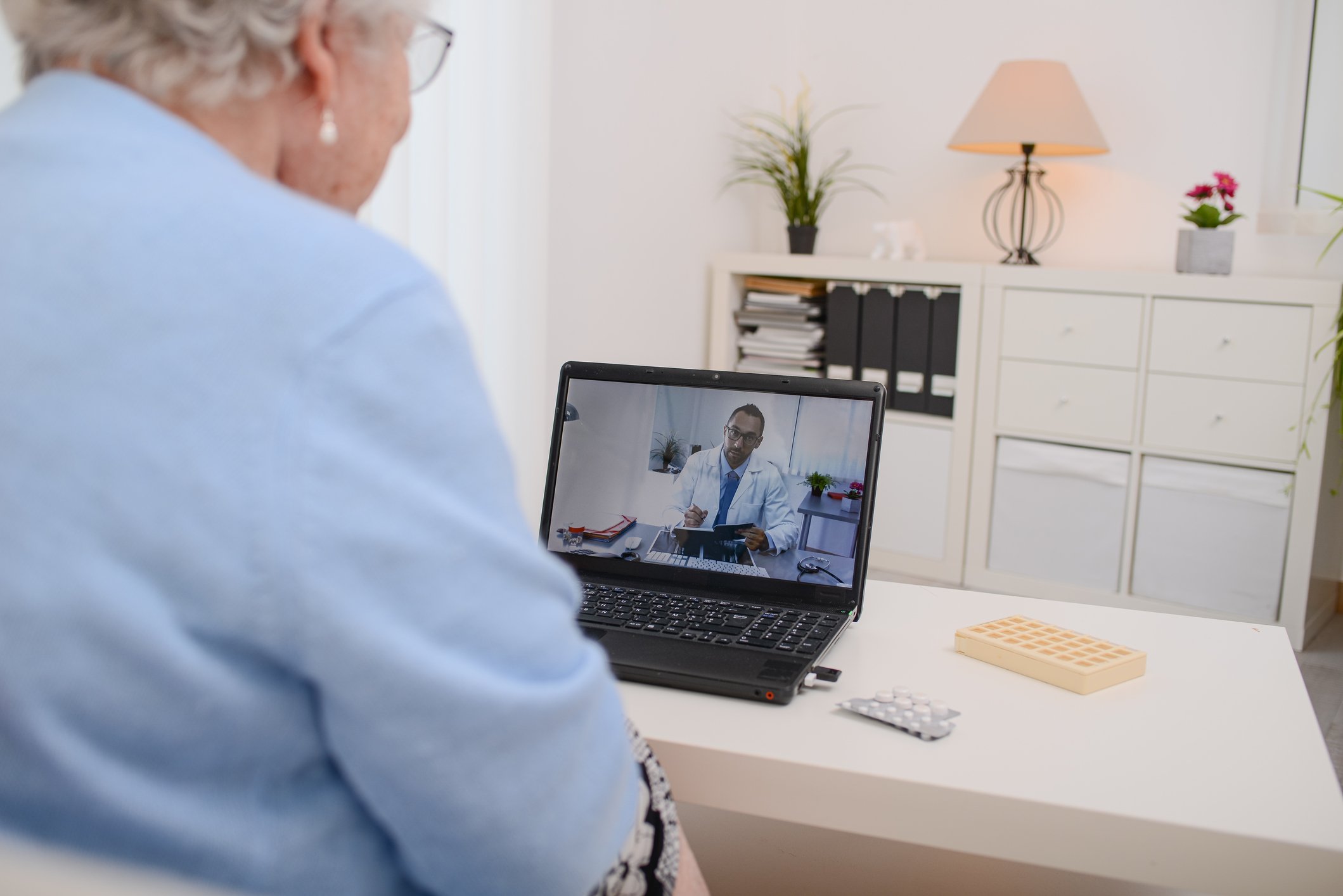What happened
Shares of Livongo Health (LVGO +0.00%) rose nearly 17% today after the company reported that it was awarded a contract for the Federal Employees Health Benefits Program (FEHBP). The company will be able to supply its Livongo for Diabetes solution to the roughly 5.3 million people in the program.
The announcement nudged the stock to its best day since its initial public offering (IPO) in July. Shares have been mired in a continuous slide since making their debut. Investors might be seeing through the buzzy jargon and thinking that the company's software platform isn't differentiated from the competition. Does the latest contract change that?

Image source: Getty Images.
So what
Livongo Health has developed a health dashboard aimed at individuals with chronic conditions such as Type 1 diabetes. It relies a little too much on buzzwords that don't make much sense to casual observers, but the idea is pretty straightforward. In much the same way as a calorie-tracker app can encourage weight loss, the company's software aims to improve health outcomes by making people more accountable for their health decisions.
It's pretty simple and doesn't seem too novel. But the company has earned coverage from enough major insurers, and contracts with major companies, to deliver solid growth. The business reported $73 million in revenue and an operating loss of $31 million in the first six months of 2019, compared to sales of $28 million and an operating loss of $10.8 million in the year-ago period.
The contract with FEHBP is expected to add at least $20 million in revenue in 2020 and at least $30 million in revenue in 2021.
Now what
Livongo Health reported an operating cash outflow of $40 million in the first half of 2019. Considering that the company is investing heavily in growth and expansion, investors can expect cash burn to remain at elevated levels for the foreseeable future.
That said, if the company can land another big contract or two -- and perhaps invest in coherently communicating its technology platform to investors and customers -- then it could begin to erase operating losses and become self-sufficient before its IPO cash runs out.






